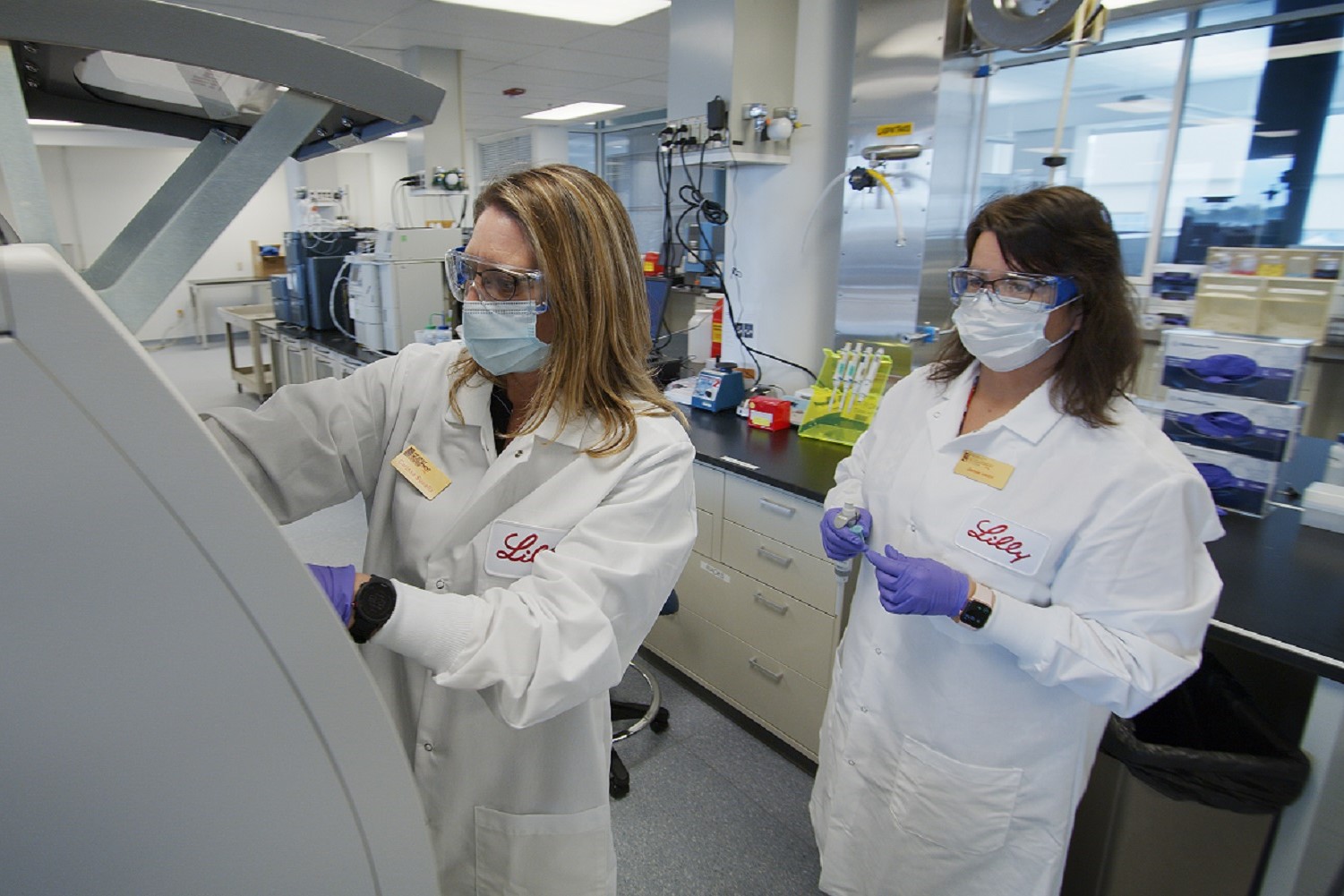Communication issues in a providers’ care transition points can ramp up healthcare costs, according to a survey evaluating hospital IT security released this month. Trying to locate a physician to sign off on a discharge order for a patient or to follow up on an abnormal test result can mean the difference between a smooth exit from a hospital or delay in a patient’s transition to another care team or worse yet, a chaotic discharge that could lead to an unwelcome readmission.
To address that problem, hospitals are shifting to HIPAA-compliant text communication systems to help care teams share patient information to make informed decisions for medical consults. Mount Sinai, for example, recently adopted Cureatr, a secure group text messaging system that speeds up communication between physicians and other healthcare professionals.
Cureatr is a graduate of the New York Digital Health Accelerator and is led by former Mount Sinai resident Dr. Joseph Mayer. The app, available for iPhone and Android, will no doubt help advance the Bring Your Own Device trend taking place across hospitals in the US. Mount Sinai is adopting Cureatr hospital-wide, according to Mayer, and has been integrated with the scheduling system Mount Sinai and many other hospitals uses — Amnion.

With the Rise of AI, What IP Disputes in Healthcare Are Likely to Emerge?
Munck Wilson Mandala Partner Greg Howison shared his perspective on some of the legal ramifications around AI, IP, connected devices and the data they generate, in response to emailed questions.
Mayer sees the tool as providing a way for healthcare professionals who may not be in close proximity to each other to collaborate and discuss a patient’s condition in a way they currently can’t do without a lot of delays.
Because Cureatr is linked to Amnion, users can see who is on call and who isn’t before they contact the physician. It also provides an audit trail. The idea is to speed up communication such as requests for consults and getting alerted to abnormal test results.
Penn Medicine is also doing a pilot using Cureatr.
At the same time the company doesn’t view its system as an end-all be-all solution, but just one of many tools to improve communication gaps and workflows. Dr. Joseph Kannry, the lead technical informaticist at the hospital, will led a study to help identify the most valuable workflow applications of Cureatr from a clinical perspective and also help identify potential new workflows around which to deploy it.
About 74 percent of participants in the health IT survey by Ponemon Institute said secure text messaging either has replaced pagers or will replace pagers within the next two years. Of that group, 23 percent said HIPAA compliant text messaging already has begun replacing pagers.
In addition to Cureatr, another example of a communication tool providers are using is Voalte’s system to facilitate communication between care teams, especially nurses.














